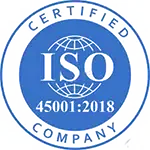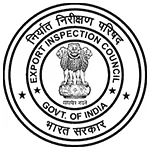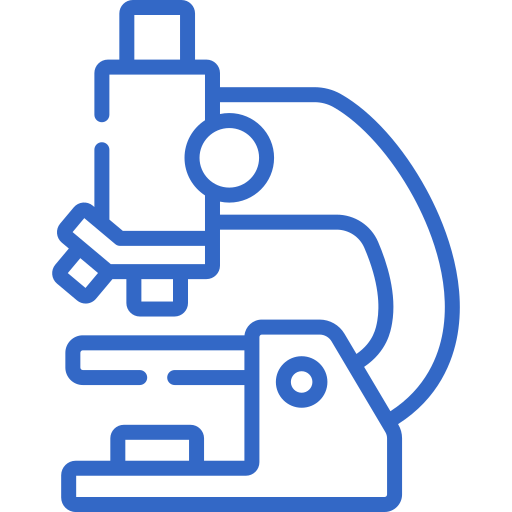SMSLA - YOUR ULTIMATE QUALITY TESTING & INSPECTION SERVICE IN INDIA
We at SMS Labs Private Limited, are passionate to meet and solve the challenges being faced by the industry in their quality service needs. In any given situation we are there as your quality partner to face along with you the growing needs of you and the industry. Our technical experts can assist you in any technical needs If a solution does not already exist, we’ll create a new solution that resolves your issue.
WE’LL ENSURE YOU ALWAYS GET
BEST RESULTS.

OHSAS 18001:2007 – Provision of Laboratory Services in Food, Metals, Environmental Aspects and Containers.

Major locations are Chennai, Bangalore, Mumbai, Ahmedabad, Visakhapatnam, Pondy, Hyderabad, Coimbatore and Cochin.

SMS Labs was established in 2012 with the mission of holistic quality services in Testing, Inspection, Training and Advisory Services.

SMS LABS is analyzing chemical & biological testing of Environmental (Air & Stack, Water, Soil, sludge & solid waste, PAH, PCB analysis)
RECOGNITION
& ACCREDITATION










EXPLORE OUR
MAIN SERVICES
We are always happy to help find the customer needs and specific customised solution for their needs.
National and international days

INTERNATIONAL DAY OF GIRL CHILD
OCTOBER 11 2024

GLOBAL HANDWASHING DAY
OCTOBER 15 2024

WORLD FOOD DAY
OCTOBER 16 2024
SMSLA - YOUR
ULTIMATE QUALITY PARTNER
SMSLA is one of the best Testing Service providers in India, established in 2012 with the mission of holistic quality services in Testing, Inspection, Training, and Advisory services in the field of Food, Water, Environment, and Materials with state-of-the-art facilities.
WE ARE HERE FOR YOU
MAKE AN APPOINTMENT TODAY
SMSLA provides a wide range of service including Testing, Inspection, Training and other related services like Food packaging material testing for sea food and other sectors. SMSLA also carries out Environmental Analysis, Social compliance, R&D, method development, nutritional profile and shelf-life studies.
What
PEOPLE SPEAK
Food quality represents the sum of all properties and attributes of a food item that are acceptable to any customer. These food quality attributes include the testing of appearance, size, shape, gloss, Colour, consistency, texture, flavor, contaminants, toxins, residues, antibiotics, nutritional labelling and shelf-life. “Quality food” results in good health. “We greatly appreciate the support from SMS Labs, which always enables us to deliver quality products for our customers across Globe, because good health can’t wait”.

I have known SMSLA in India from early 2016 and was associated with them in Food Inspection services for my client in Japan for one of the production facility in India. I found inspection team of SMSLA is highly professional and extremely knowledgeable in specific associated processes. Their services were of global standards in integrity and quality. Their technical expertise is clearly visible and their track record with the industry is exemplary.

In my 8 years interaction with them their main laboratory in India for antibiotic residual testing I have to say that I am extremely fortunate to have them as quality partner. They have a highly professional approach and the outstanding skill in understanding and interpreting the technical data and as per national and international guidelines. I highly recommend them…

In my 8 years interaction with them their main laboratory in India for antibiotic residual testing I have to say that I am extremely fortunate to have them as quality partner. I am the quality Head one of the key players in Indian poultry. Our Samples are regularly getting analyzed by SMSLA. They have high professional approach in logistics of collection and transportation of samples in specific preserving conditions and friendly officials. Their well trained samplers were always there even in pandemic condition to assist us. One of the best laboratories with good turnaround time and accurate results

frequenty asked
Questions
SMS Labs offers comprehensive testing, inspection, and training services, including food testing, environmental testing, water testing, nutrition testing, shelf-life testing, and more.
SMS Labs is located in Chennai and Bangalore.
You can contact SMS Labs via phone at +91-44-26811662 or email at [email protected]
SMS Labs is accredited by major national and international organizations such as NABL, FSSAI, ISO, and more.
You can make an appointment by visiting the SMS Labs website and navigating to the contact or appointment section.
SMS Labs stands out due to its highly qualified team, adherence to international standards, and comprehensive range of testing services that ensure accurate and reliable results.



